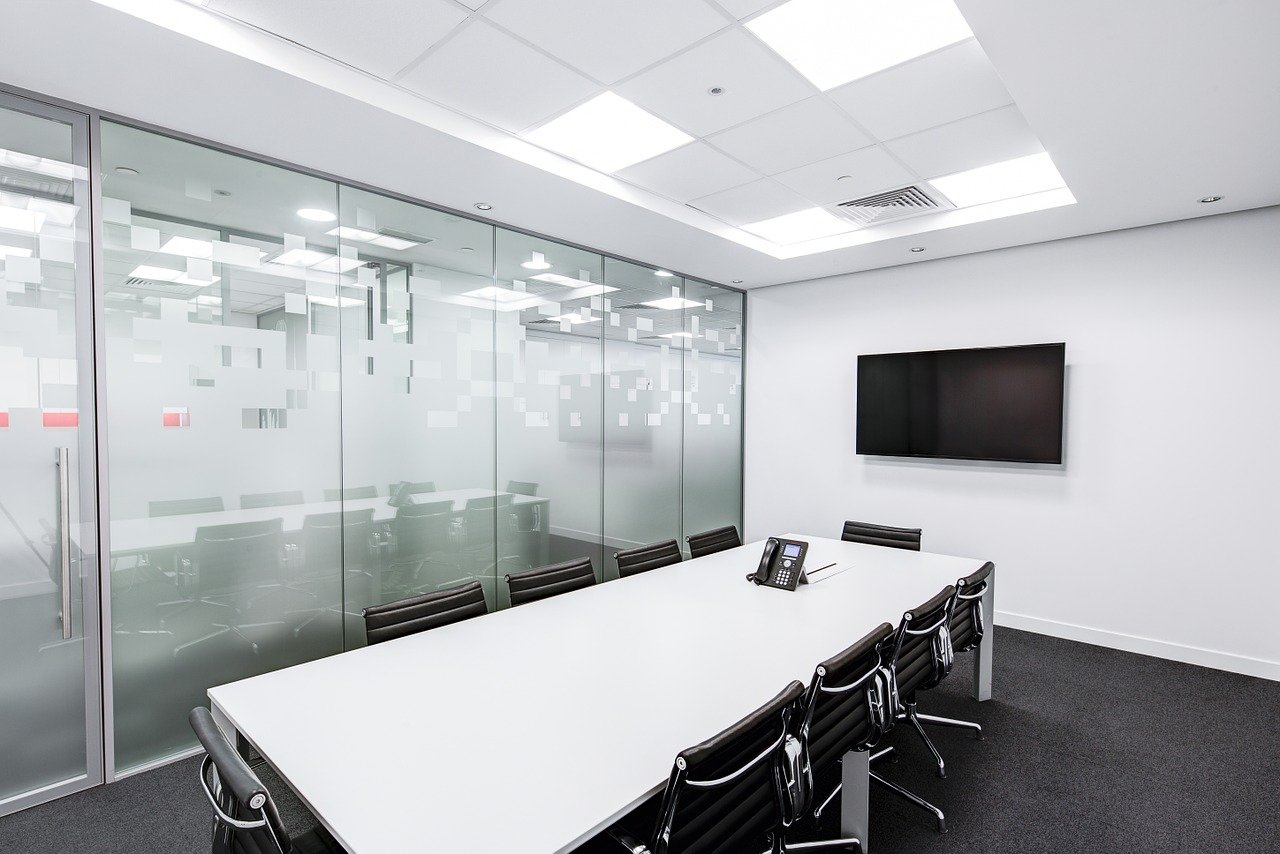The discovery process for a typical employment matter has three parts: document discovery, examination for discovery, and interrogatories.
We often receive questions regarding the examination for discovery aspect of litigation. Clients worry about what will be asked, what needs to be disclosed, what happens to their confidential records, and how the documents and information they share will be recorded and used.
By way of background, an examination for discovery is a cross examination of a party under oath on all issues involved in the matter being litigated. It must take place at least fourteen days before trial. The parties being examined in wrongful dismissal employment matters are typically the plaintiff employee, and a nominee of the company, or a person who has knowledge of the employment matter.
The purpose of the examination for discovery is to obtain admissions and information from a party regarding any pertinent facts, documents, and other records which may be used against a party at trial.
After exchanging documents, the parties agree on one or two dates for examinations, a location, and a time. Examinations can take as long as seven hours, unless limited by rules such as 15 – 1 (fast track litigation), which limits discoveries to two hours, unless parties otherwise consent.
To prepare for an examination for discovery, parties should re-read the notice of civil claim, the response to civil claim, and any other pleadings. The parties should also review a timeline of their matter, and any documents they have produced. Prior to the examination date, parties with their counsel should canvas points of weakness, such as, for example, mitigation, any just cause or after-acquired cause allegations, or disputes about income.
The day of the examination, parties will show up to the examination location, which is often the office of a reporting agency. They should aim to arrive early, so if there is traffic or delays, they are not late or flustered. They will then be seated in an examination room. There are typically five people in the examination room: one lawyer per party, the nominee or defendant, the plaintiff, and the court reporter. The court reporter is the person who will be transcribing the questions and answers. The transcript may be used at trial to prove or disprove facts or attack a party’s credibility.
During examination, the examined party should remember four rules:
- Wait for the examining lawyer to finish their question before answering;
- Answer truthfully;
- Be concise; and
- Don’t guess if you don’t know the answer.
Though there are many other considerations to discuss with your lawyer, paying attention to the above four rules helps the examined party seem credible and clear on the record. It also allows the examining lawyer to see how you will hold up on the stand, which may influence their desire to settle.
Note: This article does not contain legal advice. If you would like advice on discovery or your legal matter, please contact Inlet Law at 604 39-INLET (604 394-6538) or at hello@inletlaw.ca.
Stay tuned for the next article in our Discovery & Your Employment Matter Series on interrogatories.
